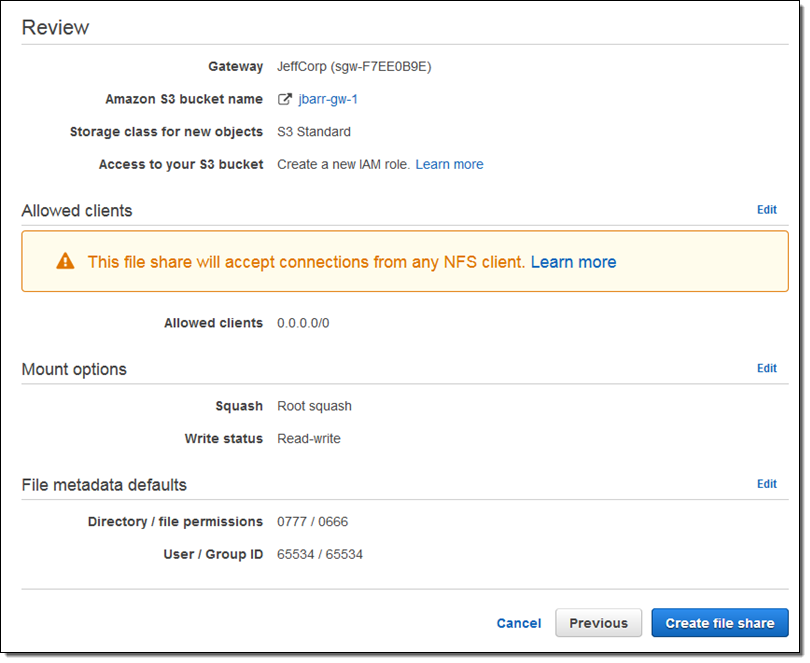Amazon S3 File Upload Api Climbing
- Posted in:Admin
- 06/06/18
- 10
So I built a web application in Ruby on Rails that uploads file to Amazon S3. I stored a document link in the database such as below. But when I try to access it I get the below error. How do I unexpire the random_file.pdf link programatically using the Ruby aws-sdk gem? (or do I have to do it via the Amazon S3 console in the browser?) AccessDenied Request has expired 2014-12-24T06:09:09Z 2015-03-12T19:12:38Z 03BlahBlah randomstring. The url you gave is a public, non-signed url.

Upload objects to Amazon S3 in a single operation for objects up to 5 GB in size with the REST API. After researching a lot, found out that the exception I was getting is an uncaught exception. This exception has nothing to do with the KERNELBASE.dll, this is not the culprit, although it looks like. So I added a handler for unhandled exception not knowing where the exception was happening like this.
If you intend for users to access objects in your S3 bucket annonymously, then you need to store them with a public-read ACL. Depending on the tool you use to upload the file to Amazon S3, you can usually specify a canned public-read acl as part of the upload process. Using v2 of the aws-sdk gem: s3 = Aws::S3::Resource.new obj = s3.bucket('name').object('key') obj.upload_file('/source', acl:'public-read') obj.public_url #=>'You will now be able to access the object via any normal HTTP GET request, such as with a browser.
The only way around this is to use some JQuery or JS that can bypass your server/PHP entirely and stream directly into S3. This involves enabling CORS and creating a signed policy on the fly to allow your uploads, but it can be done! I ran into just this issue with some inordinately large media files for our website users that I no longer wanted to host on the web servers themselves. Wpa Kill Sp3 Rapidshare Download.
The best place to start, IMHO is here: A demo is here: This was written to upload+write files to a variety of locations, including S3. The only tricky bits are getting your MIME type correct for each particular upload, and getting your bucket policy the way you need it.